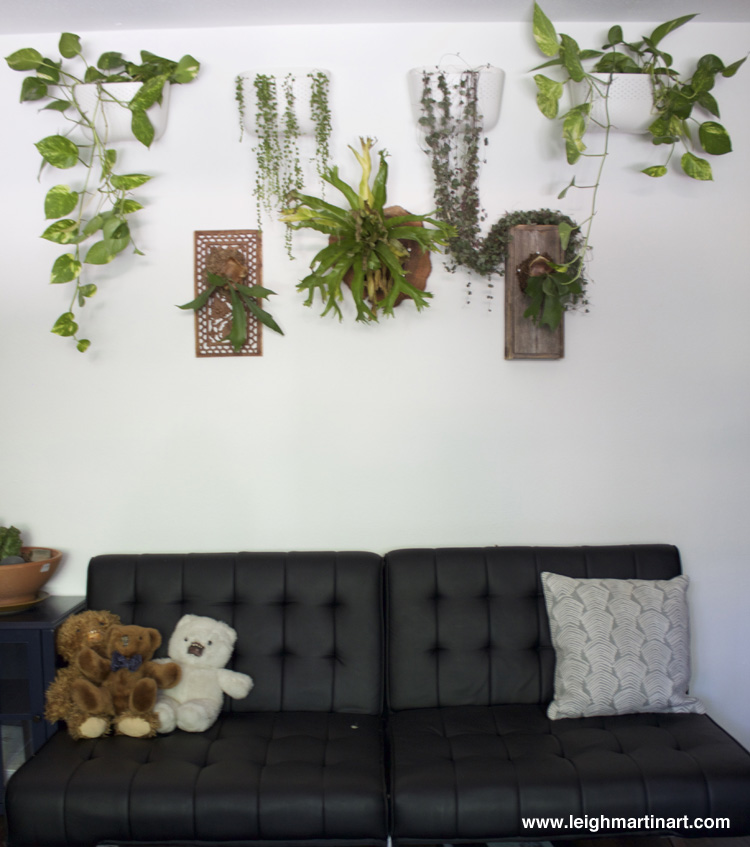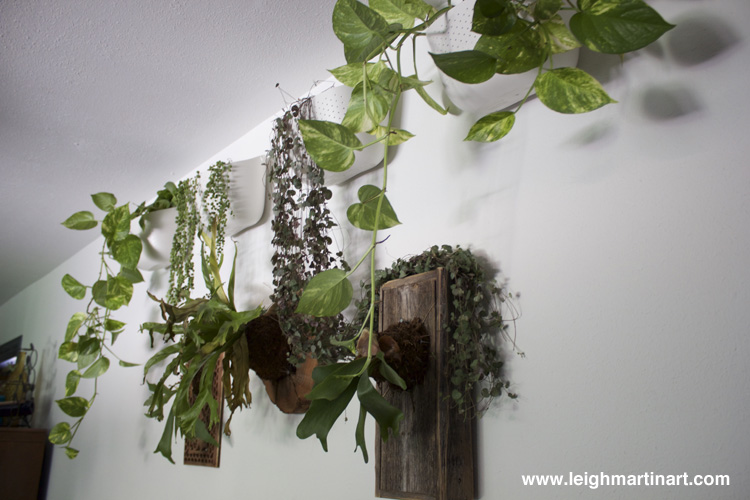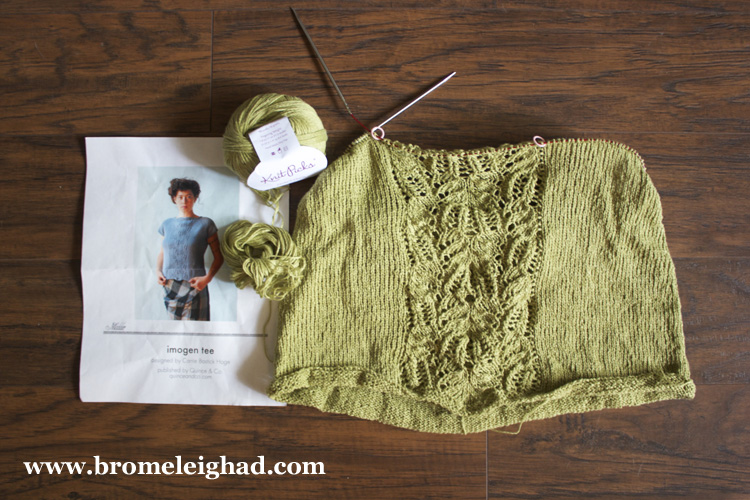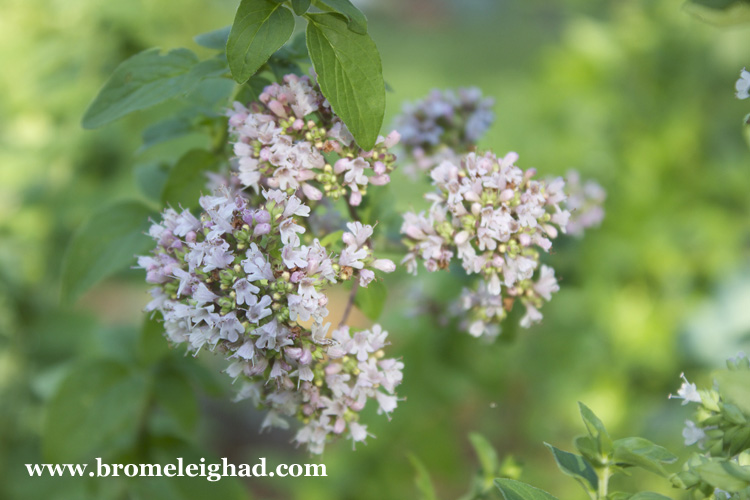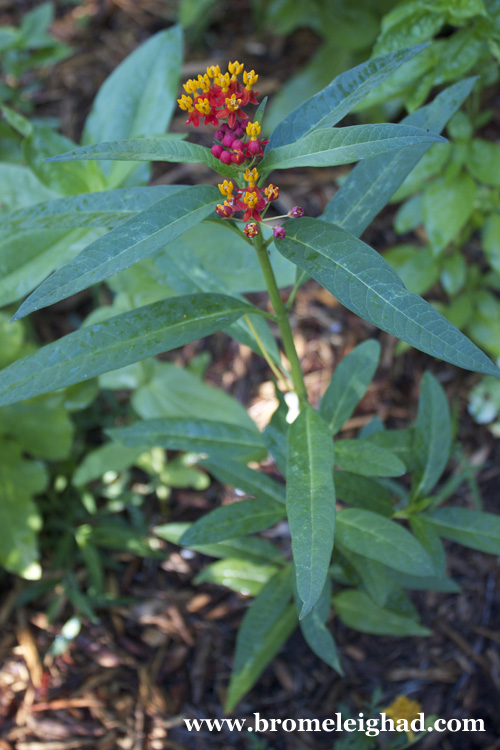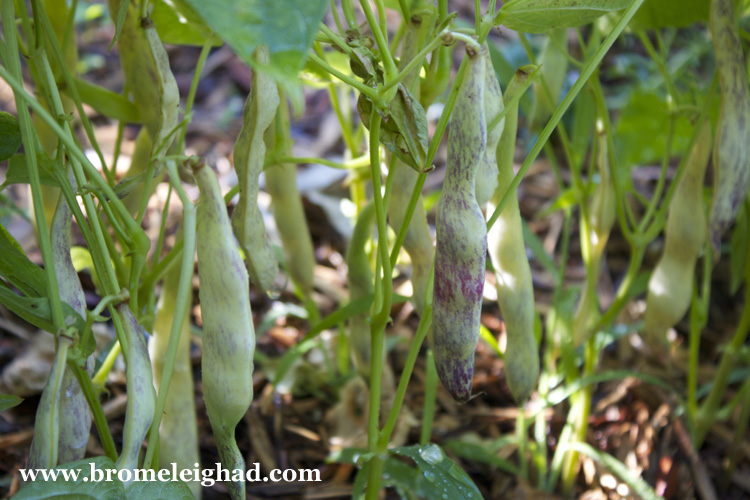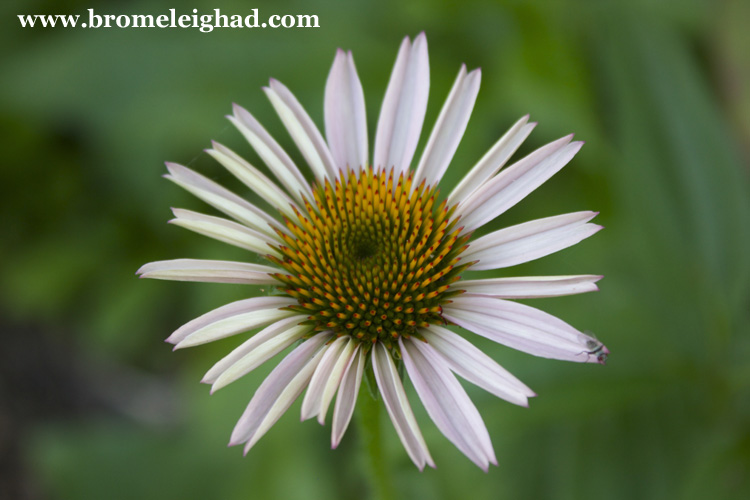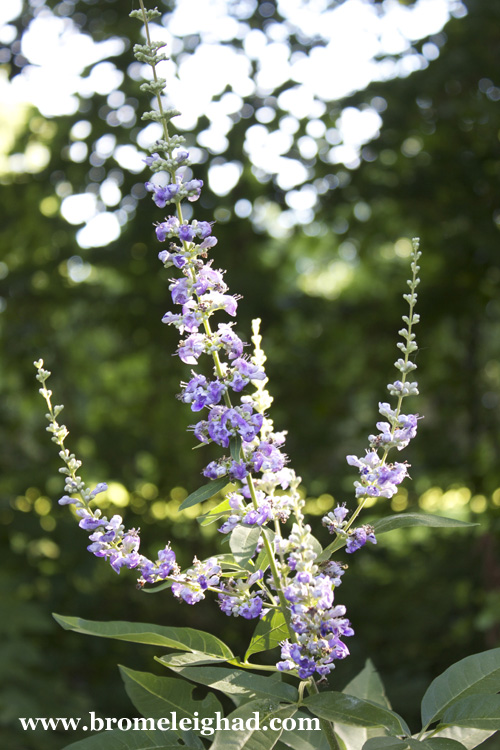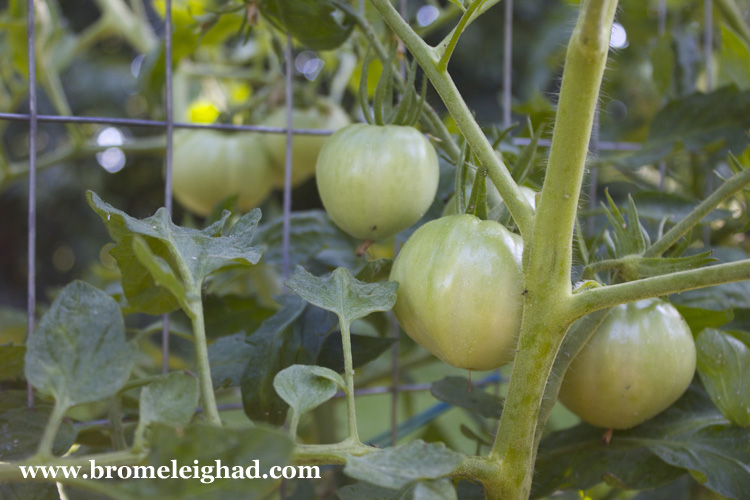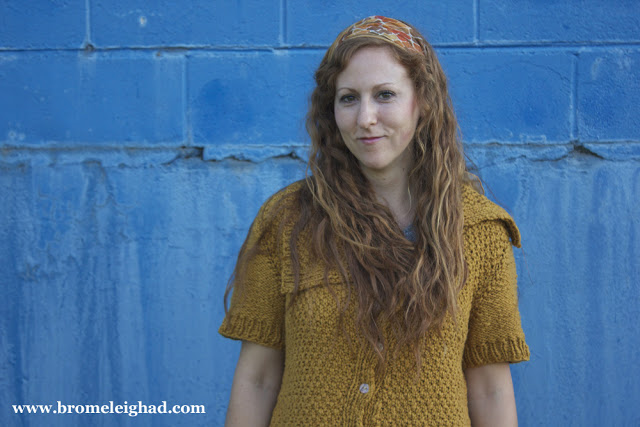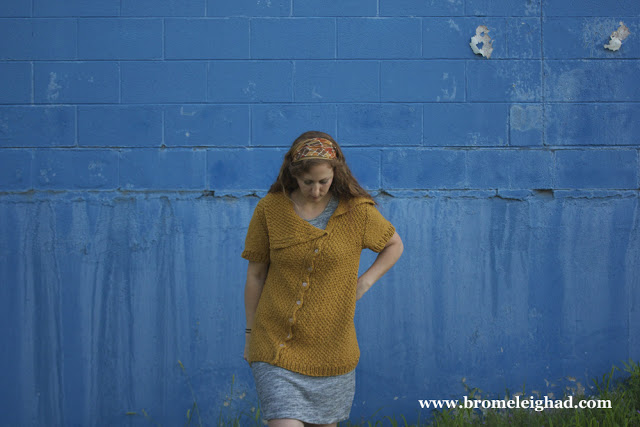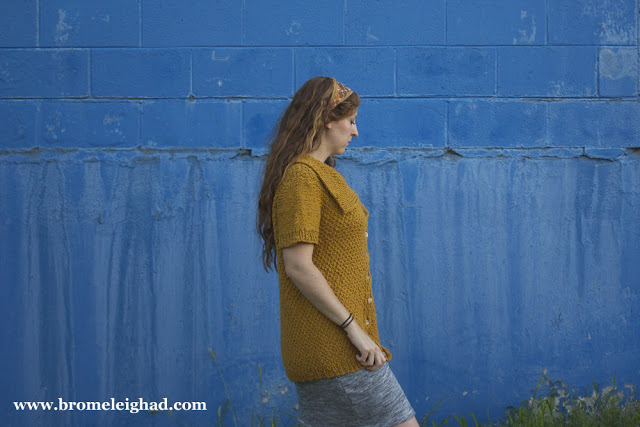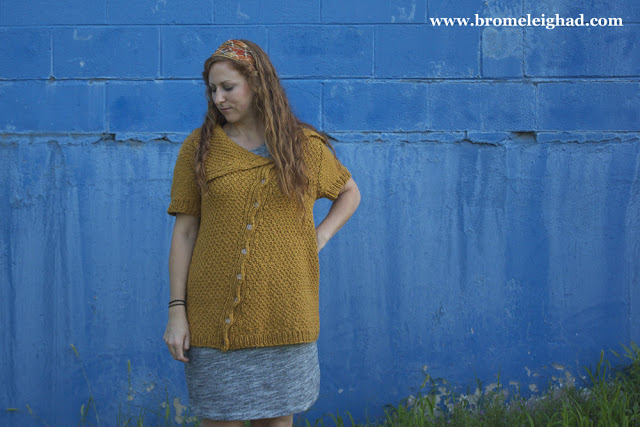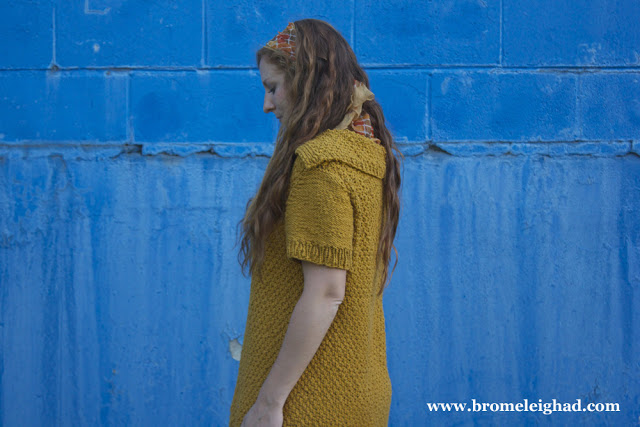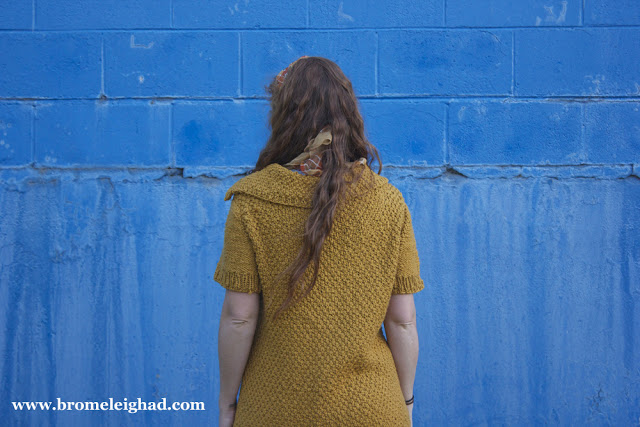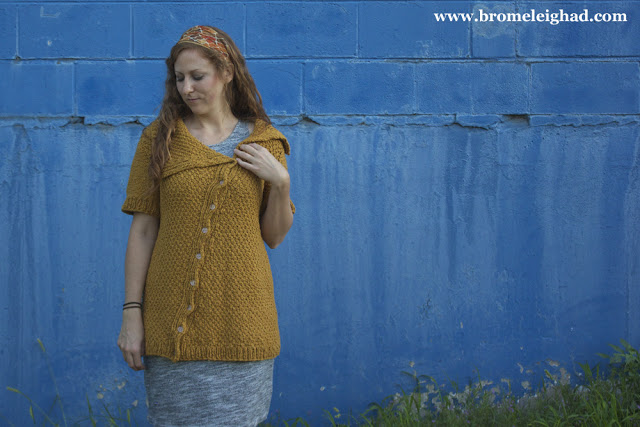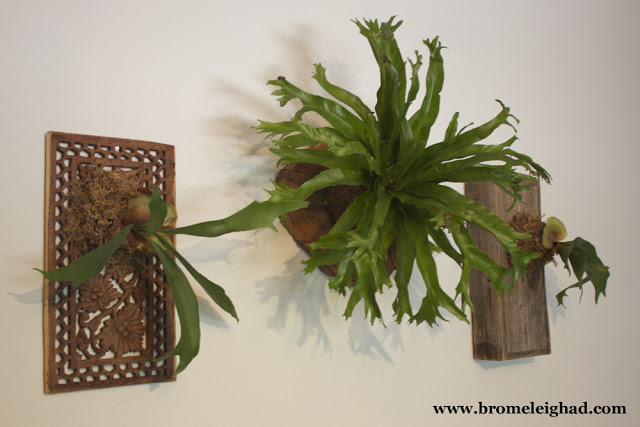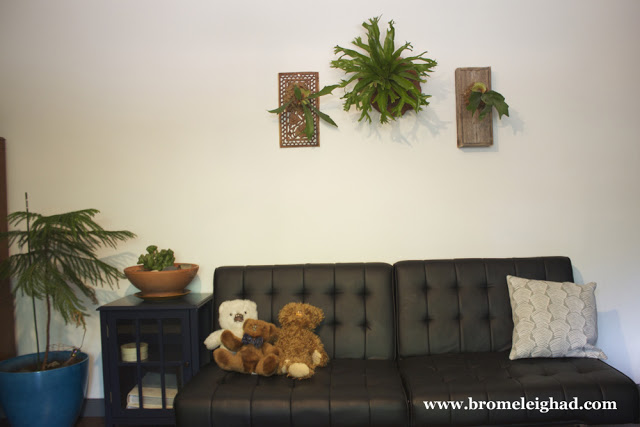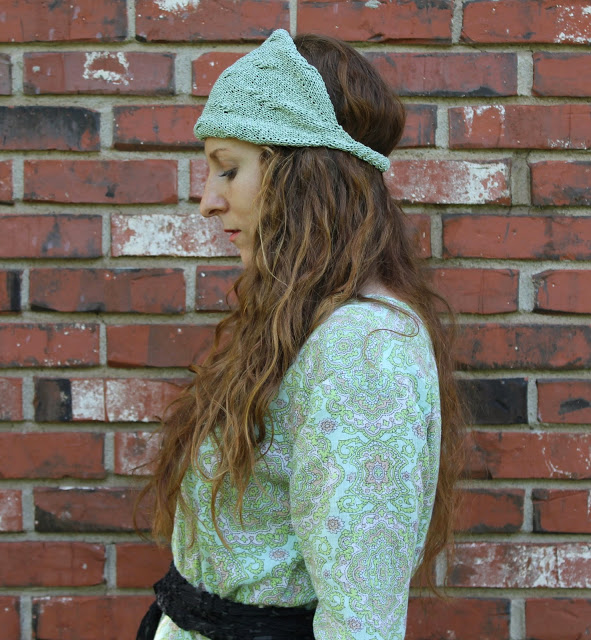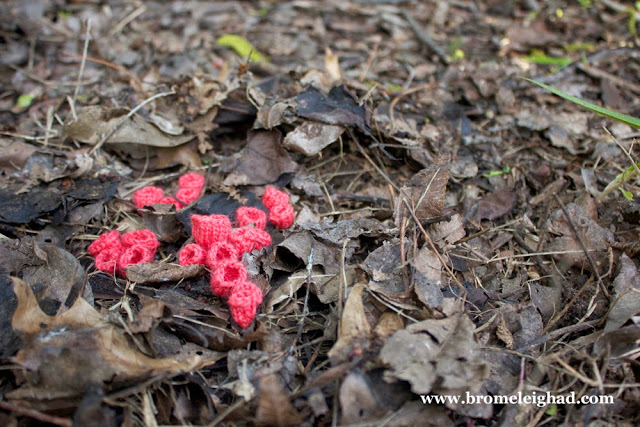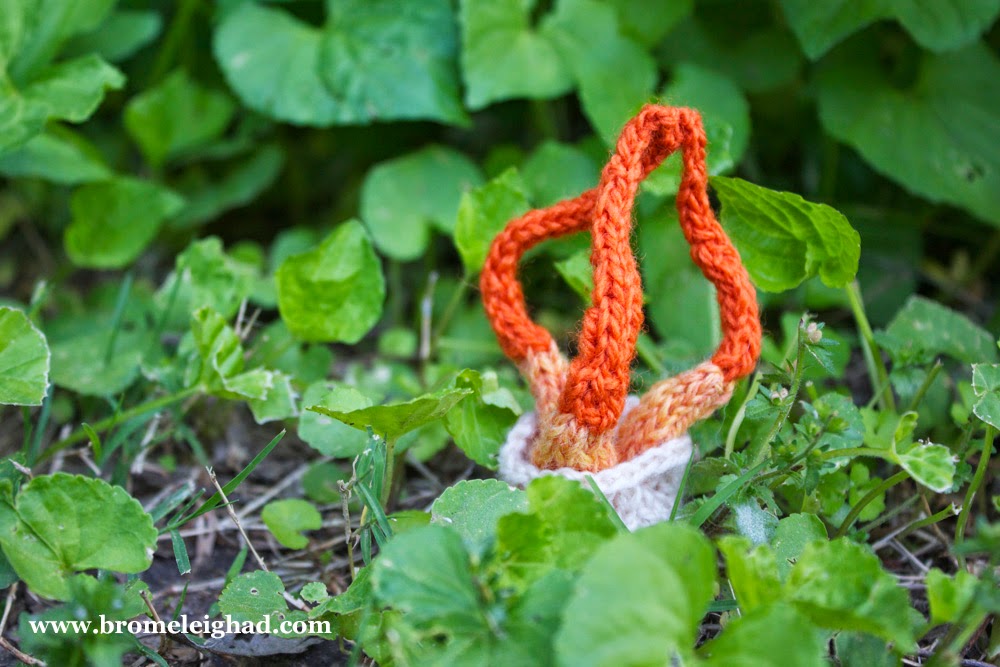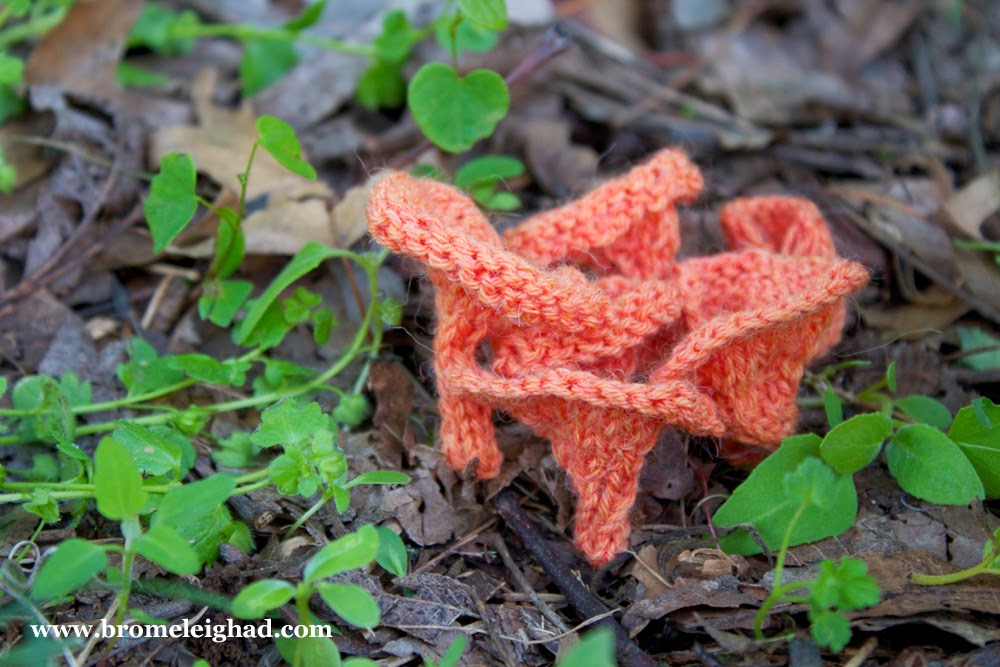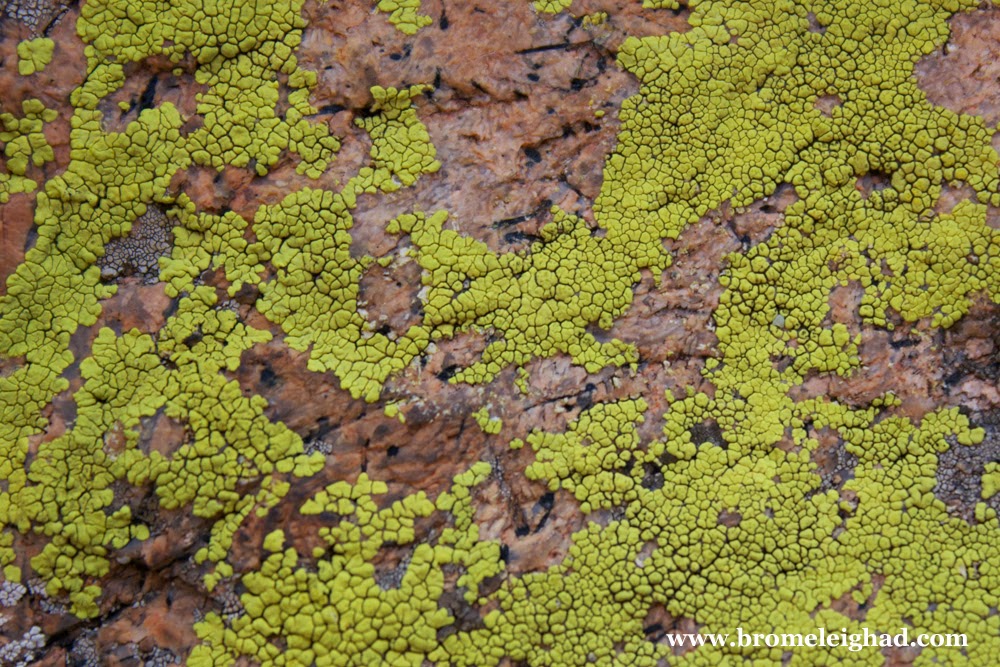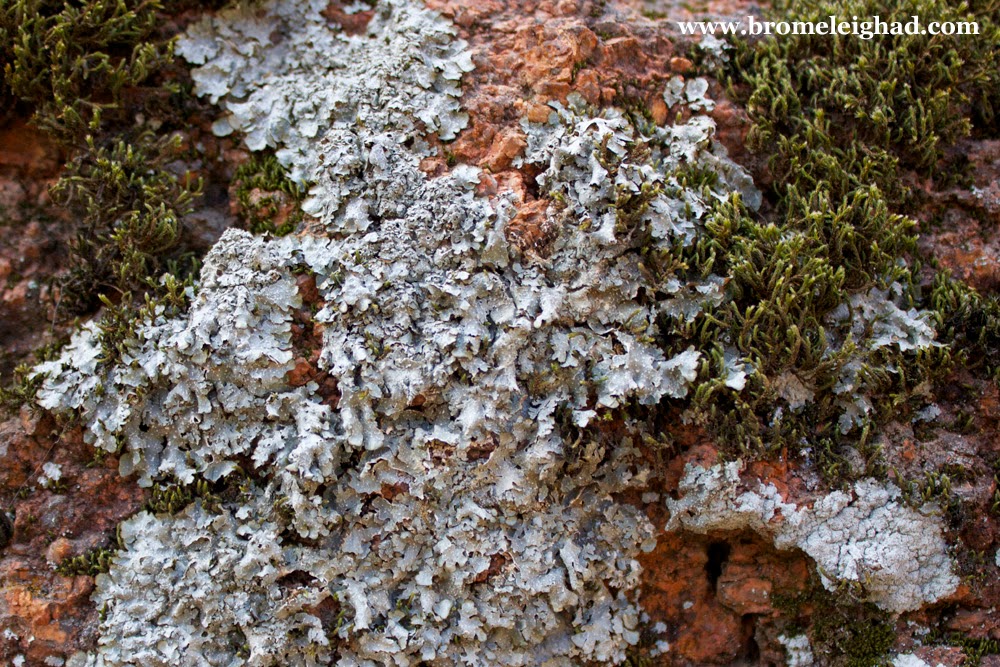Simple events tend to mark the passage of time. The heat index in Oklahoma today is 102 degrees. I felt an earthquake this morning while in my office at work, and now I'm home early starting my weekend off with the most delectable cocoa, cold brew coffee with almond milk. These days, it seems that these simple occurrences mark the alignment of my daily path, and I just try to keep moving forward with the flow to see where it will take me. The past few years continue to surprise me, in that as soon as I think I'm beginning to see an empty horizon, something pops up to fill the space and I continue to float, adjust, create. It's a great place to be, though I find that as my plate fills up I become overwhelmed and have difficulty finding the words (or time) to communicate those happenings here. Which is something that I once really enjoyed doing. Which is also something that I miss quite a bit. I think I've allowed myself to overcomplicate my blogging process, and I'm realizing I just need to simplify my approach and have fun with it. I'm going to work on that. For now, here are a few updates:
Factory Obscura Presents "Shift"
I have recently begun working with a new artist collective called Factory Obscura to collaborate on a fully immersive art experience that will first be unveiled at Current Studio in Oklahoma City. This is a super exciting project, and we've been meeting frequently since early this summer to plan out a very ambitious installation that will open this November (see the image to the left for a snapshot rendering created by Adam Lanman). You can find out more and learn about sponsorship opportunities on Current Studio's site, or in this article by Uncovering Oklahoma. Right now, this project takes up a good amount of my time and will continue to fill more as we get further into creating the space.
Shop Update
After going on hiatus for an artist feature at 108 Contemporary's gift shop in Tulsa this spring, my online shop is now open again with lots of art, including knitted mushroom/lichen/tropical plant wall hangings, terrariums, and table top niches. While I hope to figure out the mechanics of the shop hosted here on my site at some point in the near future, Etsy is still the primary sales vehicle for my art. You can check out all of the new things at BromeLeighad.
Goodbye to "Contained Aesthetics"
About a year ago, I began the installation process of my public art project, "Contained Aesthetics" (pictured at top of post), which was funded through the Artist Invitational, a program of Downtown OKC, Inc, and contributed to by some very generous Oklahoma knitters through the donation of knitted leaves. Located on the fence at the Downtown Oklahoma City Community Basketball Court on the corner of Reno and Hudson, "Contained Aesthetics" started out as a few small sprigs near the ground and grew weekly over a span of two months into a 5'x5' knitted trumpet creeper vine that budded and bloomed at its completion. The vine has held up surprisingly well, but in less than two weeks, I will begin to take it down. For those of you in Oklahoma City who would like to see it one last time, I encourage you to do so ASAP. I plan to remove in one piece if possible, so that it may be reshaped and mounted on a different base. All of that is dependent on its condition, however. In the least, I will update my portfolio to include information about the concept and lots of photos. The best documentation of the project at this time exists on Instagram through the hashtag, #containedaesthetics.
But There's More...
Some smaller recent projects include knitted orchids that I made for Current Studio's Art of the Month Club. This is a really cool program where you sign up and receive a small piece of art from a different local artist every month - talk about a way to build a collection. Find out more about that here. I also participated in an exhibition in Tulsa called "Please Touch the Art". This unique show encouraged use of all senses when experiencing art, rather than just what may be seen. Geared toward the visually impaired, printed labels for the work also included braille. I was very excited to collaborate with the very talented, Lauren Zuniga, who wrote a beautiful poem about my work, which was called "Symbiotic Mosaic". I plan to get more images of this work up in my portfolio soon.
On the personal front, we recently took a trip to New Orleans, and I felt like a kid in a candy store looking at all of the amazing vegetation there. Wow! Maybe a topic for a future blog post? I have a lot of pictures! We are preparing for another excursion later this summer to Rocky Mountain National Park - perfect timing for an escape from the misery that is Oklahoma in August. The bermuda grass in my garden is way out of control this summer, and I'm seriously considering building raised beds next year. And last but not least, we acquired another cat last winter! A former alley cat named Maurice Minnifield (brownie points if you know where that name came from). That's all for now; Happy Weekend!

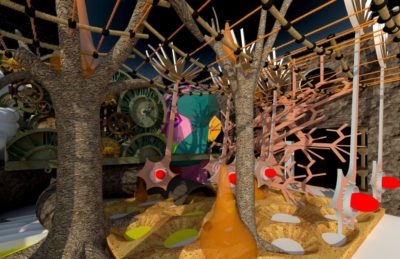










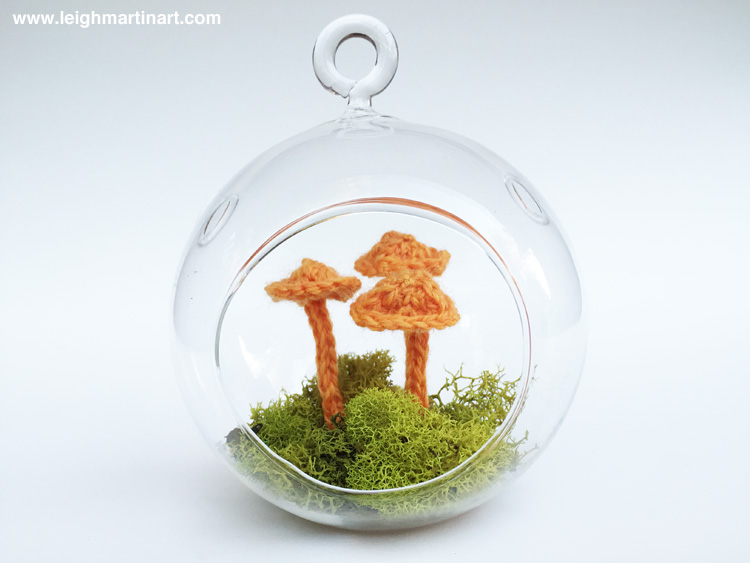
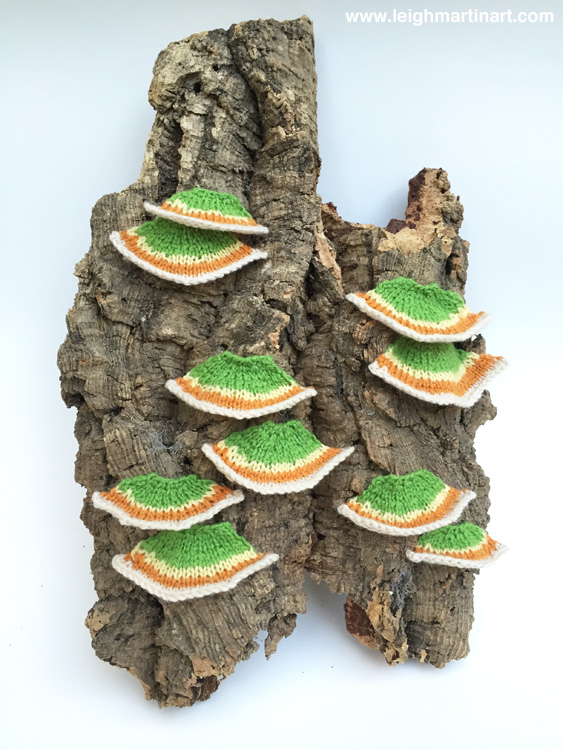



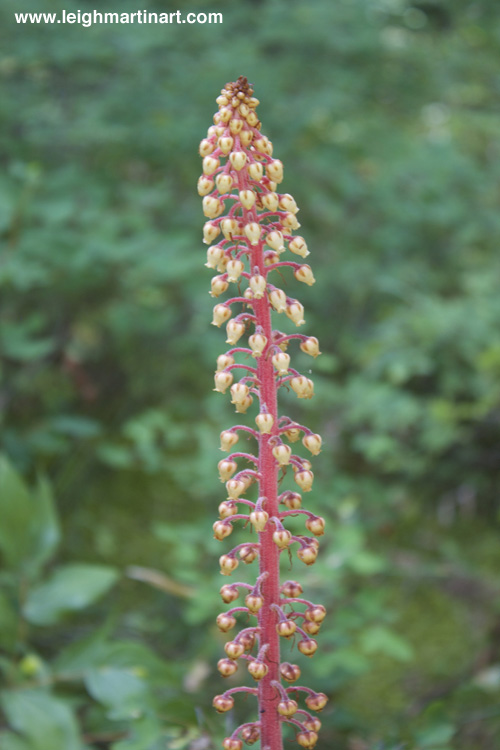



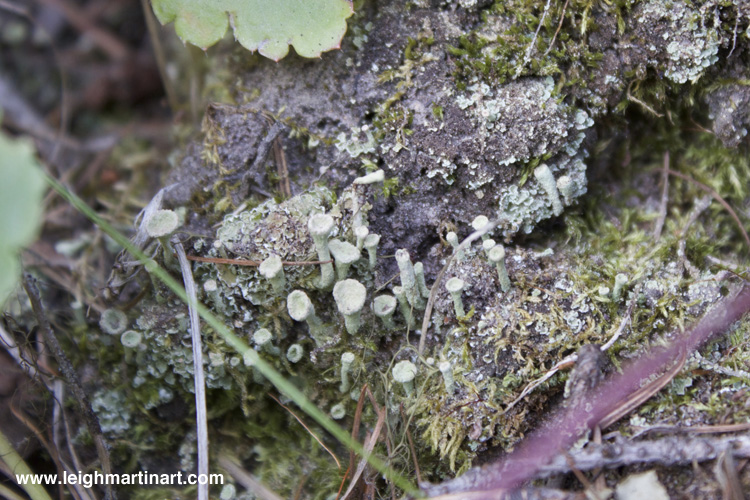
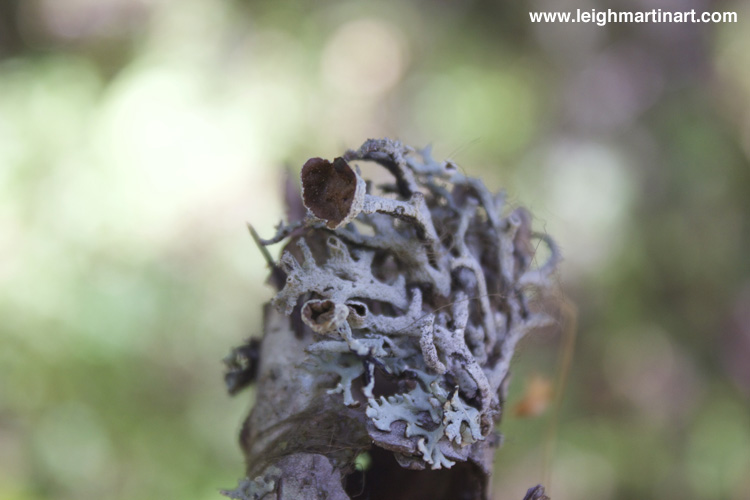

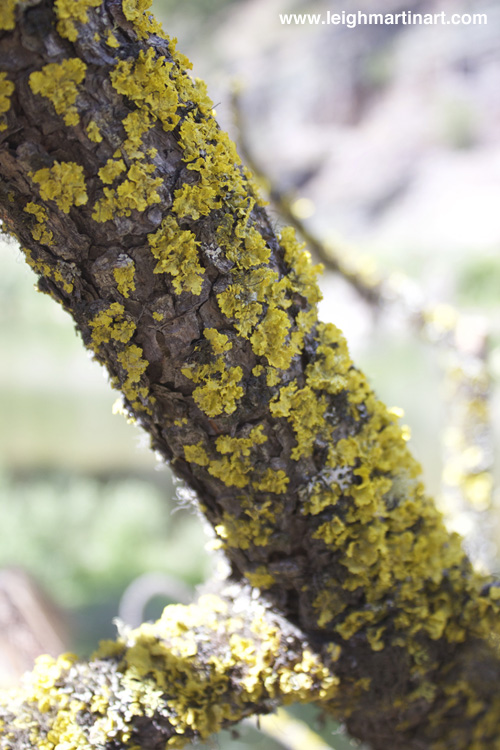

 to add to the mix. I've had my eye on these for a while - they've got a nice modern design and address some of the issues that I have always had with indoor plants (particularly those that hang). How do you avoid water overflow? How can I mount the planter so that it is adequately supported? To hang, you mount an anchor in the wall and the planter slips down over it. I really like this feature, because it makes for easy replanting if necessary... you know, if you're still getting used to the ins and outs and accidentally kill something... Ahem. For watering, there is a reservoir on the wall side that you fill and it percolates through tiny holes into the soil. All of the water is contained, but the roots do not sit in saturated soil unless you just water way too much. I've found that I need to water less than I anticipated that I would (which wasn't very much to begin with), so that's been something to get used to. Unfortunately, as I figured this out the string of pearls there in the center became a casualty. The pothos are doing great though!
to add to the mix. I've had my eye on these for a while - they've got a nice modern design and address some of the issues that I have always had with indoor plants (particularly those that hang). How do you avoid water overflow? How can I mount the planter so that it is adequately supported? To hang, you mount an anchor in the wall and the planter slips down over it. I really like this feature, because it makes for easy replanting if necessary... you know, if you're still getting used to the ins and outs and accidentally kill something... Ahem. For watering, there is a reservoir on the wall side that you fill and it percolates through tiny holes into the soil. All of the water is contained, but the roots do not sit in saturated soil unless you just water way too much. I've found that I need to water less than I anticipated that I would (which wasn't very much to begin with), so that's been something to get used to. Unfortunately, as I figured this out the string of pearls there in the center became a casualty. The pothos are doing great though!